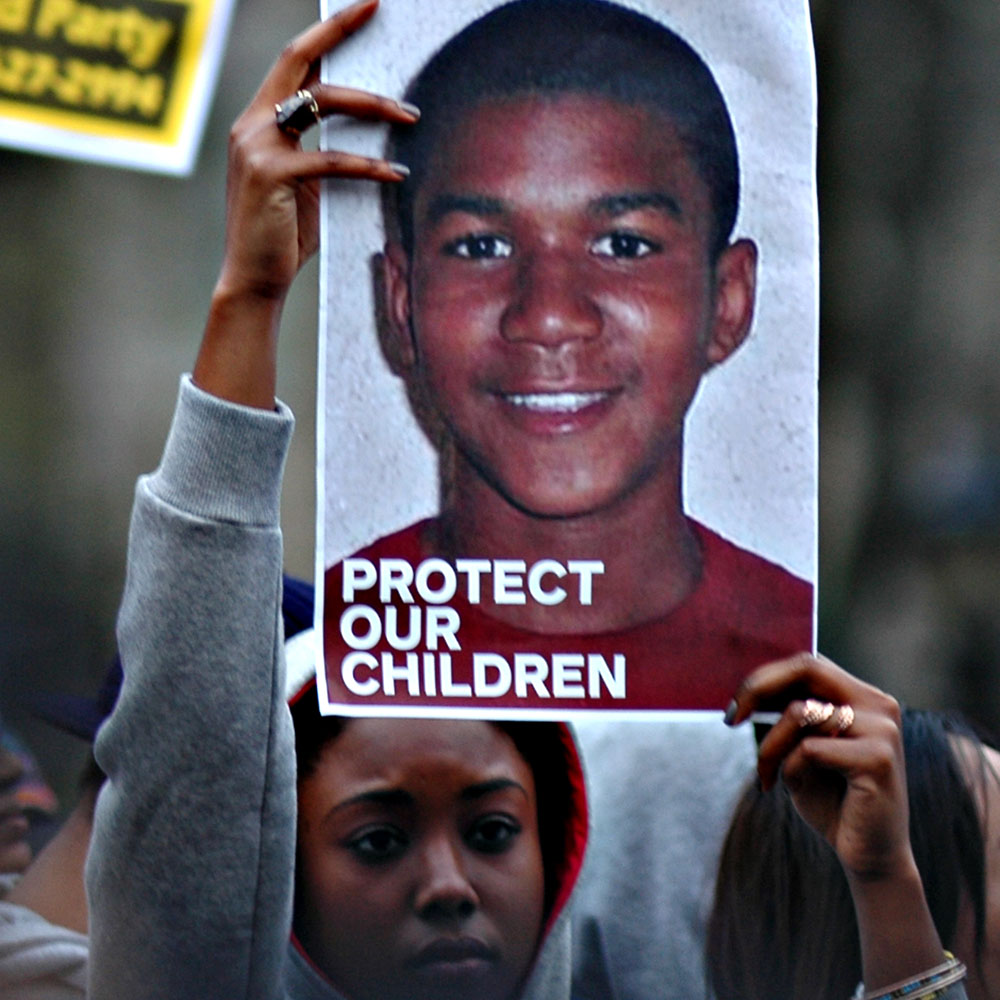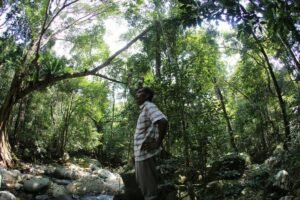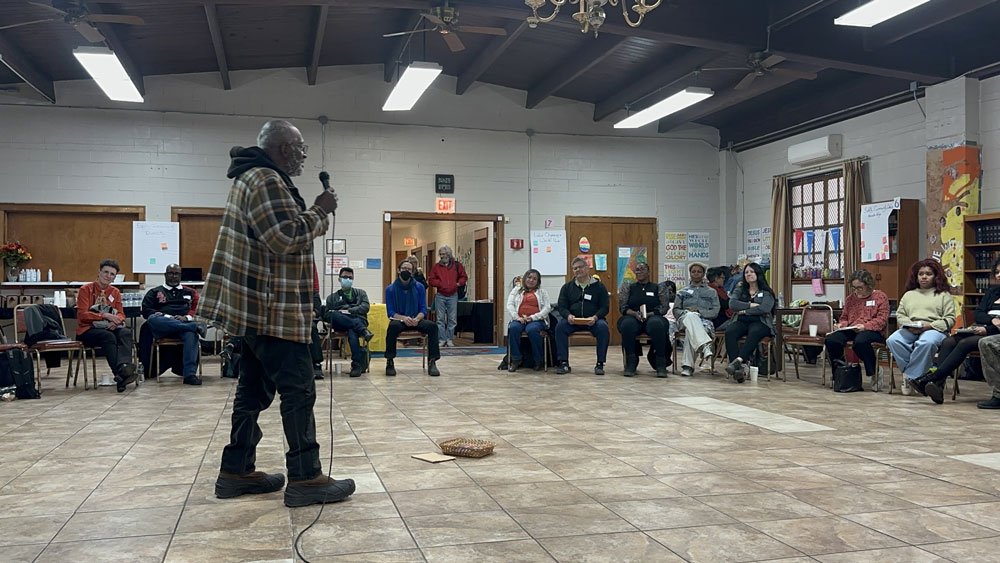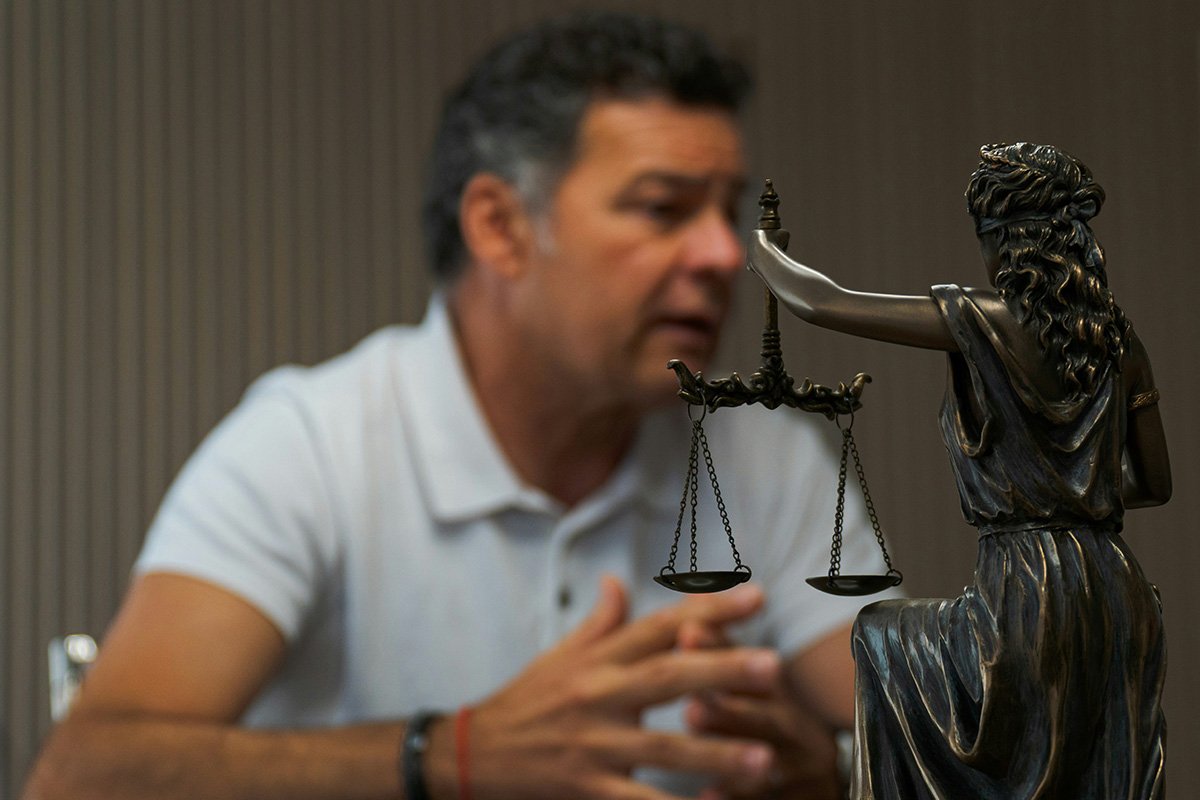
As an immigrant mother of an eight-year-old, I have struggled these past months to gently guide my daughter into this new world we’re living in. The disruption in her daily life due to COVID-19 was not easy, but talking with her about police violence and George Floyd is heart-wrenching. There is an innocence there that is inevitably broken, followed by a trust being built as we travel together uncertain next steps.
First, though, let me be clear: the discrimination we suffer as a Latino family often comes from us talking in Spanish on the streets, not from the color of our skin. We are privileged, in a sense, because I do not fear my daughter could be killed by the police just because of the way she looks. Nor do we have to worry that the ICE police will come knocking on our door and take one of us away. There are Black and Brown mothers who fear for their children for merely stepping outside their homes.
“I get this question from my son. ‘Will a police officer kill me?’” said Allison Briscoe-Smith, a clinical child psychologist from the Wright Institute, during a webinar this past Friday organized by EmbraceRace, an organization that works on nurturing resilience in children of color.
Dr. Briscoe-Smith recognizes the immense challenge of families having to deal with both the viral pandemic and the pandemic of racialized violence. But how and when is the best time to talk to your child about these issues? What it comes down to, she says, is for children to be able to “release tension, fear, and anger from their bodies.”
Licensed counselor Shuntai Hill agrees. “Children repress. If you’re not able to talk to your child or answer any questions, they’re going to get it from another source. Or they’re going to learn not to talk about it, and it’ll come out in behavioral issues later,” she said in an interview with ABC.
Dr. Victor M. Fornari, vice-chair of child adolescent psychology at Northwell Health, says that talking to children is even more important in times of uncertainty, as is helping them connect with others in positive ways.
Sign up for our free newsletters
Subscribe to NPQ's newsletters to have our top stories delivered directly to your inbox.
By signing up, you agree to our privacy policy and terms of use, and to receive messages from NPQ and our partners.
I’ve personally seen this pattern with my daughter around the pandemic. She gets angry, frustrated, cries easily, needs to break all the rules. But I understand her need to express those feelings, because I cry and lash out too. Then we sit down to talk—about the roots of COVID-19, about climate change, about what we could do differently as humanity to change things—and we feel better. We also apologize to each other for any hurt feelings.
According to Briscoe-Smith, the act of “radical listening” is about giving children the space to voice their concerns, express their stress—which could manifest itself in moodiness or lack of sleep—but also realize this as an opportunity to start building some skills. This is particularly important for children of color, who come from targeted groups and must relive trauma with images of “viral black death.”
Briscoe-Smith highlights the importance of helping them understand skin color and pride by reading stories of black people thriving, for example. “I don’t think that my job as a parent is to protect. I think my job as a parent is to prepare.”
But this is also important for white children and parents who have to navigate talking about police violence for the first time. The community benefits as a whole by building a sense of common struggle and remembering the path set for those before us.
“We want to think about all our black brothers and sisters and how we want to be supportive,” says Briscoe-Smith. “Privilege doesn’t make us bad people; it means that we have space to move into action.”
For my own family, that also means recognizing our economic privilege. Our outrage towards police violence is external, not internalized. But we can’t be passive spectators. Last week, as we joined a car caravan to protest the death of George Floyd, we talked with our daughter about police violence for the first time, but because it was in the context of racism, something she had been taught about at home and at school, the conversation was “easier.” Her face lit up with a smile to see so many people (and children) come out of their homes and wave, showing signs of support with quick makeshift signs for Black Lives Matter.
Participating in vigils, volunteering, and helping in causes for social justice (even if remotely) alleviates the pain and reminds us that we are all in this together—we’re not alone. In this context, building communities and talking openly to our children about racism both become radical acts. And as we have seen, it’s also good for their mental health.











